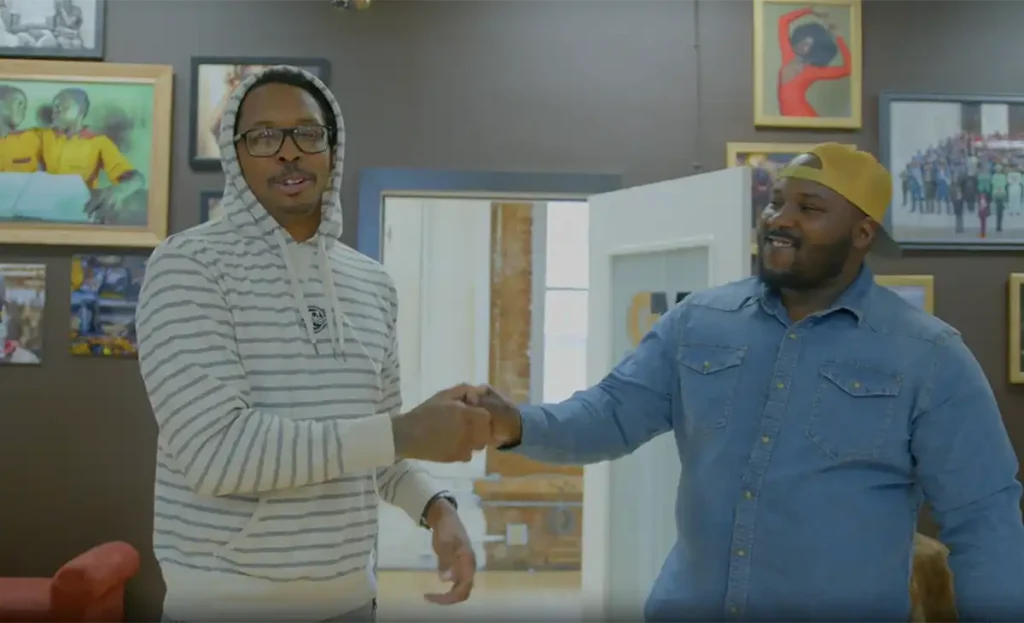Se habla español.
Interpreters available for other languages.
410-706-2781
The ROAR Center is a recognized Center at the University of Maryland, Baltimore

Gun violence is the leading cause of death for young Black men in Baltimore City—and across America. Baltimore City’s homicide rate is ten times the national average.
Despite these grim statistics, governmental systems in Baltimore City and elsewhere have primarily treated gun violence and homicide among Black men as a criminal issue rather than a public health crisis. The criminal justice system’s response has largely failed because it does not address the decades of concentrated poverty, over-incarceration, and systemic racism that are the root causes of interpersonal violence in our city. In collaboration with Dr. Joseph B. Richardson, MPower Professor of African-American Studies, Medical Anthropology and Epidemiology at University of Maryland Baltimore, ROAR is working to change that.
Dr. Richardson is a specialist in gun violence research and was searching for ways in which to overcome the high level of distrust young Black men have toward healthcare researchers. He found the key was to recruit a violence intervention specialist (VIS) who brought credibility due to their shared lived experience with the participants of hospitalization for violent injury, criminal justice involvement, chronic exposure to violence, and living in a community with high rates of violence.
In 2022, Dr. Richardson and ROAR launched a new peer healing group of ten Black male survivors of violent firearm injuries in Baltimore. With the help of VIS Che Bullock, the group sessions were designed to remove three factors that typically prevent Black men from engaging in mental health services: stigma, accessibility, and lack of culturally tailored and responsive healing models for Black men with a history of violent injury.
Watch the new ROAR Center Peer Healing Circle video to hear Dr. Richardson and three survivors of gun violence who participated explain why this new model has proven to be effective:
From the initial planning stages, Dr. Richardson and ROAR listened to and learned from the survivors on how to proceed. Dr. Richardson explained, “When we started, I asked the question, what do you want to call it? Because the first thing you need to do when you’re working in the community is to take a step back and let the people who are actually impacted own what it is. And they said, they didn’t want to call it therapy, they didn’t want to call it counseling, they wanted to call it peer healing.”
Group participant Lamont Whitby said, “We come from trauma. Do you know how many people get shot around here? And hearing the shots, hoping it ain’t going through their doors? This group felt like an outlet for certain people … but it had to be genuine.”
“The peer healing group is what we really need,” Participant Damon Walker said. “I feel like us coming together and bearing our hearts; it’s something we need. Because what’s the core of violence? It’s misunderstanding.”
Participant Antonio Cottman said he valued “… the advice I could get, even marital advice or just a man standing up on his. No matter how crazy it got, it was always good, and it was always comforting.”
“Everybody in that circle was equal, Dr. Richardson concluded. “For that hour and a half, we were all just men really trying to find some way to heal each other … Despite all the stereotypes … Black men can heal each other.”
Building on this success, ROAR now holds Peer Healing Circles for survivors of non-fatal gunshots with separate groups for Black women and Black men. Survivors who are interested in participating can call ROAR’s intake line to learn more.
Read more about the development of the ROAR Peer Healing Circle model in The Credible Messenger and the Challenges with Conducting Gun Violence Research by Joseph B. Richardson.